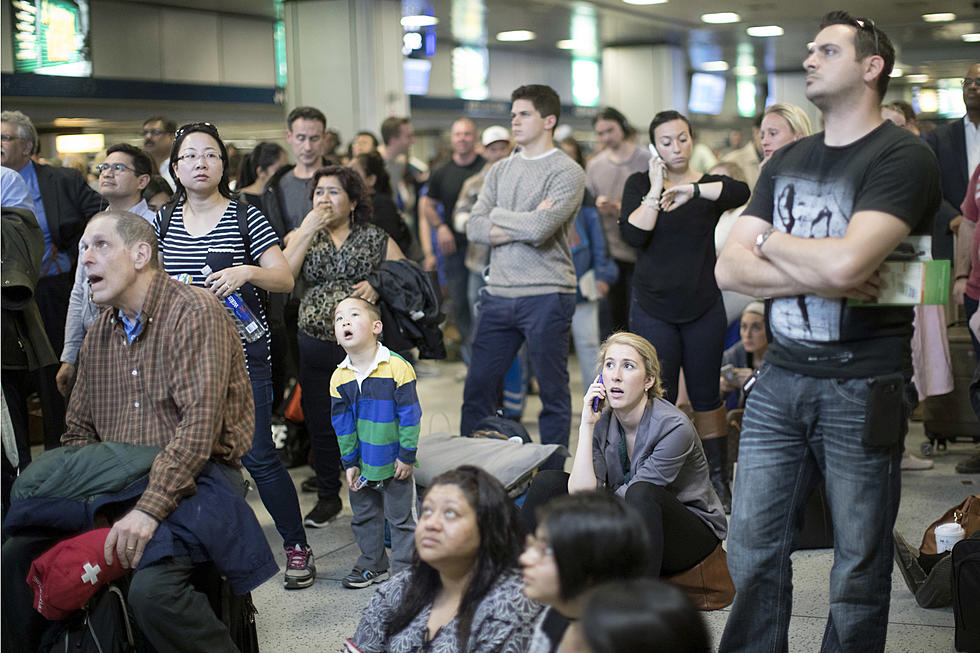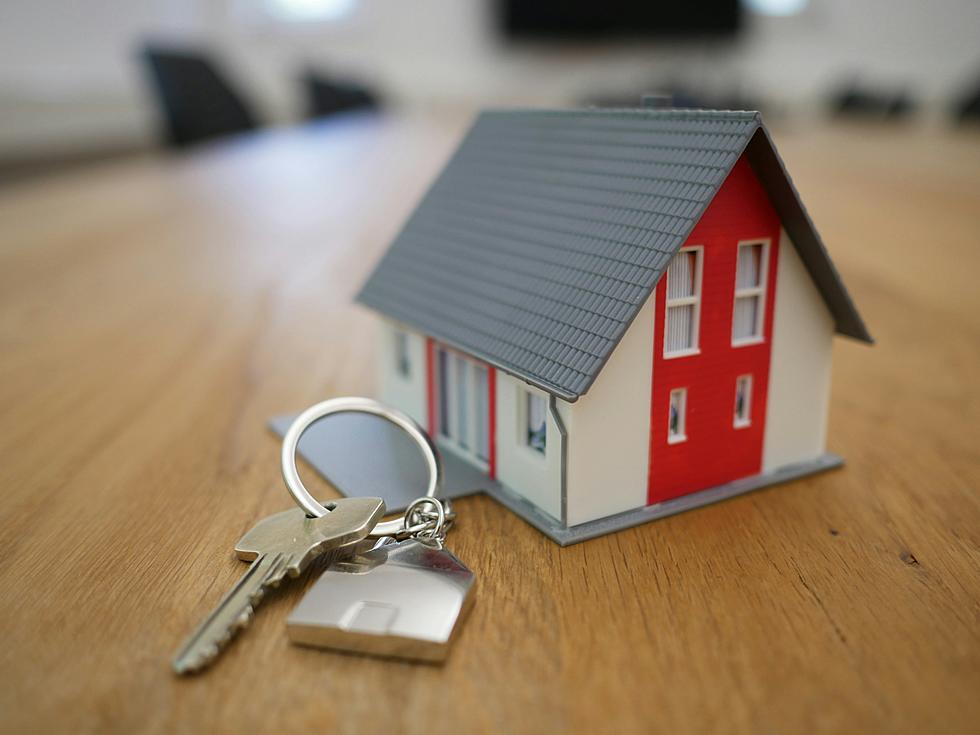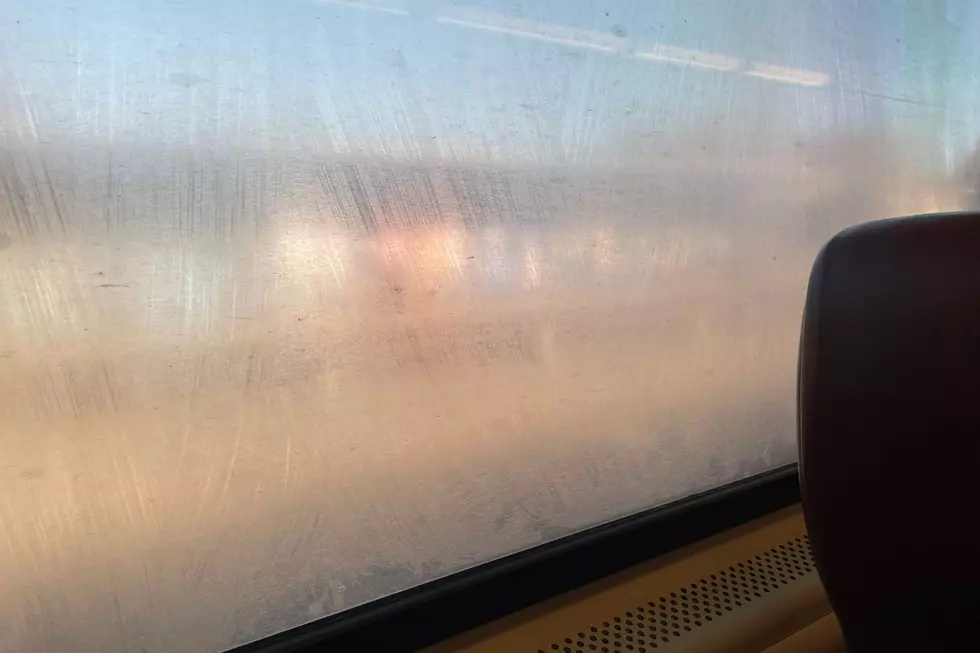
5-hour delays on NJ Transit, Amtrak? That’s normal now
Passengers traveling between New Jersey and New York have experienced rail delays of five hours more than once per month in recent years, according to a study released Monday.
The review was conducted on behalf of New Jersey Transit and Amtrak and released at the monthly meeting of the group overseeing a multibillion-dollar project to build a second Hudson River rail tunnel and a new rail bridge over New Jersey's Hackensack River.
And it comes as New Jersey Gov. Phil Murphy and New York Governor Andrew Cuomo issued a joint statement on legislation to advance what's known as the Gateway Program, creating a bi-state entity to facilitate the new Hudson River rail tunnel project.
“While the Trump administration continues to put politics ahead of the safety and economic security of the nation, New York and New Jersey are working together to get the job done," they said in the statement.
They said the current Hudson River train tunnels were in "dire condition" and that it's "only a matter of time before one or both tubes fail."
"Building the new Hudson Tunnel Project is the single most important infrastructure project in our nation, but the Trump administration has abdicated its responsibility by failing to pay their fair share to replace this federally-owned asset," the governors said.
Then-Gov Chris Christie abandoned a Hudson River tunnel project in 2010, citing concerns about cost overruns. The Trump administration has resisted lobbying from New York's and New Jersey's current governors to help fund such a project.
Deputy Transportation Secretary Jeffrey Rosen told reporters at a budget briefing earlier this year the $30 billion project -- which would include not only a new tunnel but significant infrastructure improvements to the existing ones -- is a "local responsibility" for New Jersey and New York, according to a report by Bloomberg.
Major delays -- All too normal
For years, passengers using New Jersey Transit’s Northeast Corridor line and Amtrak have been experiencing routine, major delays heading into and out of New York City, because of mechanical problems with the Portal Bridge and the century-oldHudson River rail tunnel.
Steve Sigmund, chief of public outreach for the Gateway Program Development Corporation said the study found “there were 85 days over 5 years, so an average of 1 and a half times a month, where there are delays totaling more than 5 hours.”
“When you roll it all together, infrastructure delays on the Portal Bridge and the existing tunnel totaled almost 2,000 hours of lost time and productivity for passengers," he said.
Sigmund said travelers who use the Northeast Corridor line already know “there are significant delays and significant problems almost weekly, but what we found with this was that there’s really major infrastructure delays more than 1 time per month.”
He said there are multiple issues causing delays inside the Hudson River rail tunnel.
“In about 35 percent of the cases the problem was the power. There are very old power lines in the tunnel and also they feed overhead wires," Sigmund said.
In the rest of the cases? Many of those are signal problems along an aging track ballast, "saying there are trains delayed in the tunnel when there actually are not."
"there are problems with ice building up, with corroding tracks, with broken rails -- there are just a multitude of cascading problems," he said.
He said the big problem with the Portal Bridge is it swings open and closed.
“And when it closes, it doesn’t close correctly and there have literally been times when Amtrak has had to send out a person with a sledgehammer to hammer the rails back in place," Sigmund said.
He said even when the Portal Bridge works the way it’s supposed to, it will cause a 20 minute delay.
The proposed solution.
Sigmund said the solution to all of these problems is to build “two new (rail) tubes under the Hudson River for the first time in 110 years that are modern, reliable and safe" and “replacing the Portal Bridge with a fixed high structure that boats can go under and can take larger trains at higher speeds.”
He said once a new rail tunnel is completed, existing tubes can be modernized, which will expand service into and out of New York City.
He said New Jersey and New York are committed “to putting $6 billion to pay for our share of Gateway, but we need a federal partner in these projects.”
(Copyright 2019 The Associated Press. All rights reserved. This material may not be published, broadcast, rewritten or redistributed.)
More from WOBM News:
More From 92.7 WOBM










